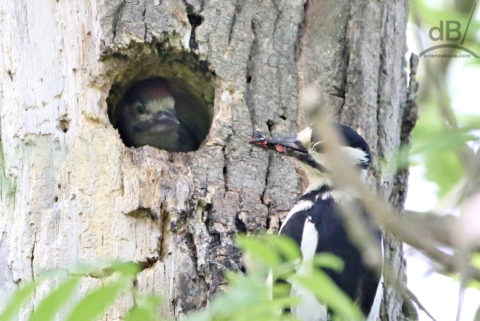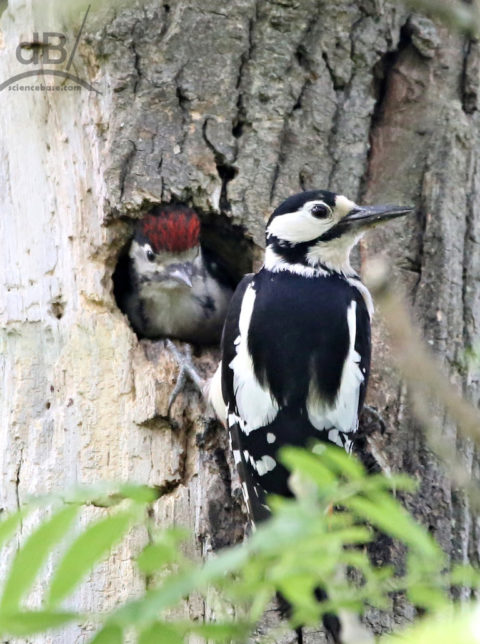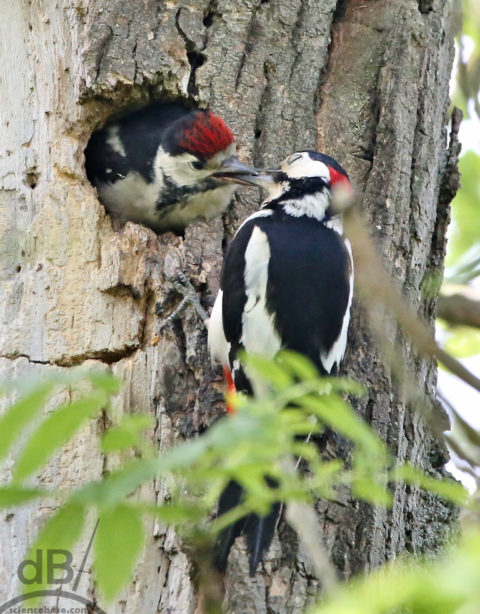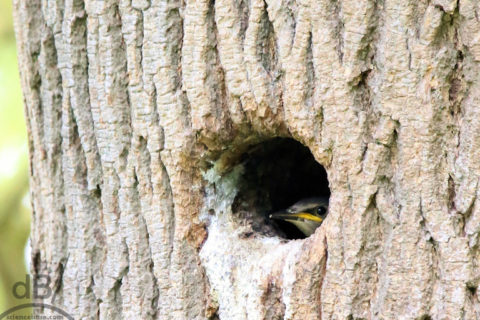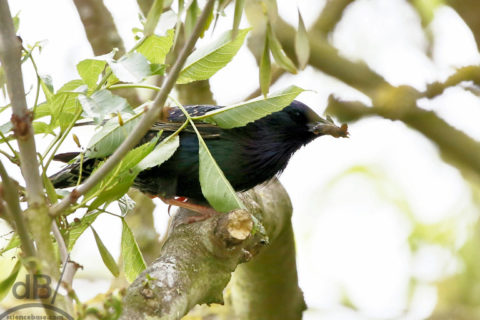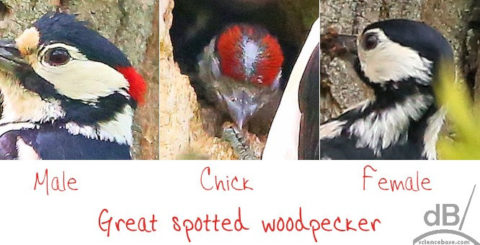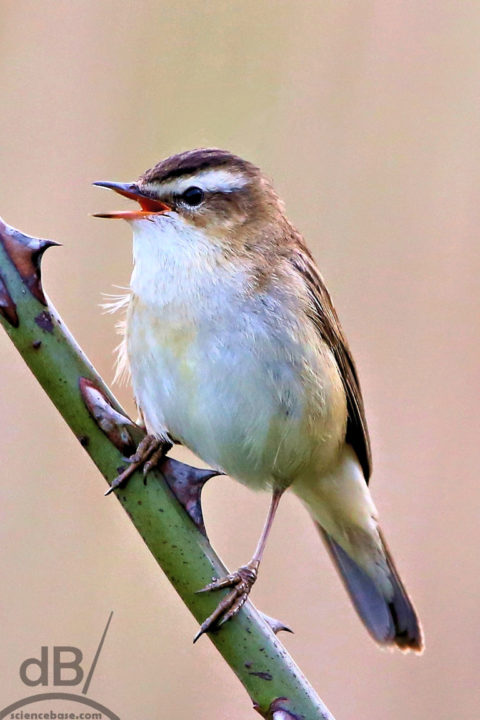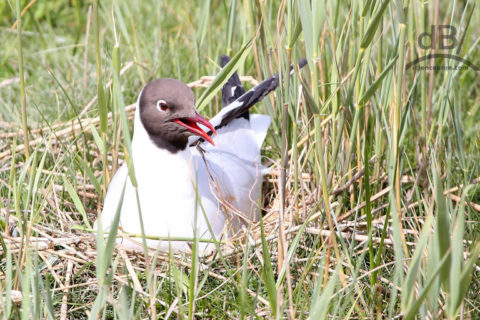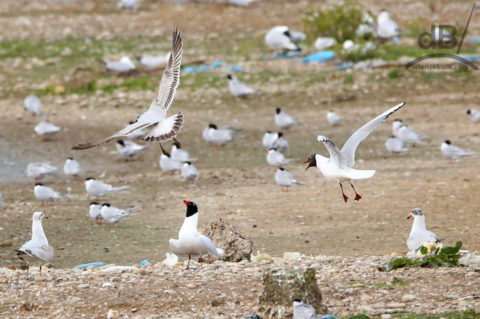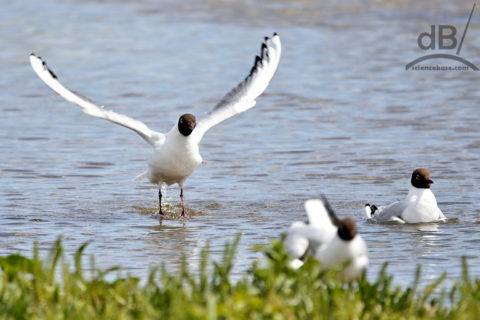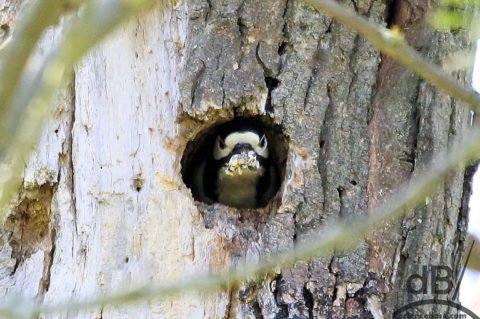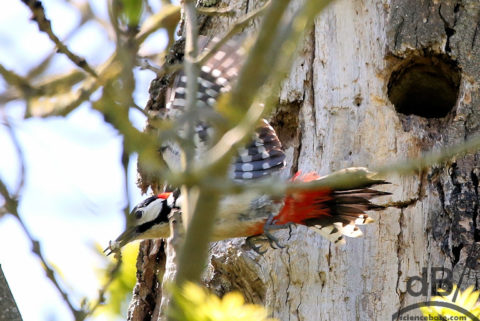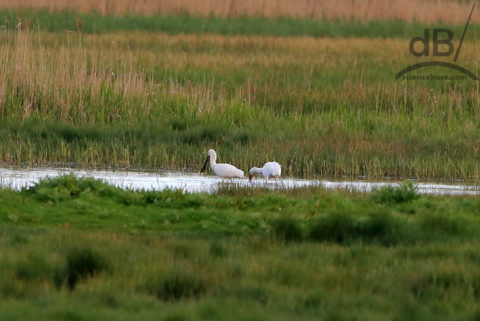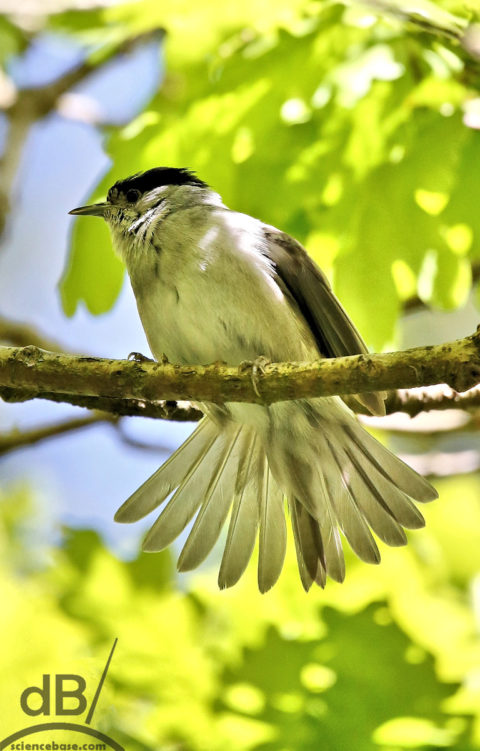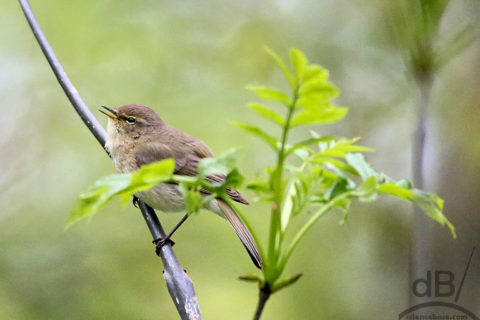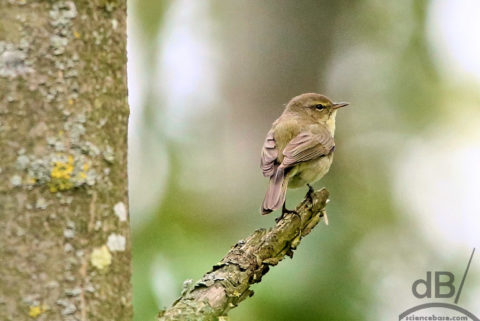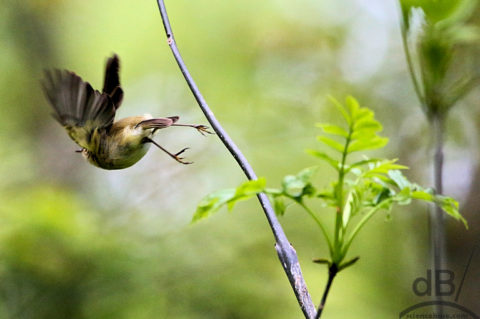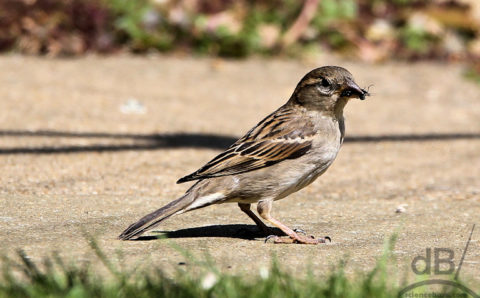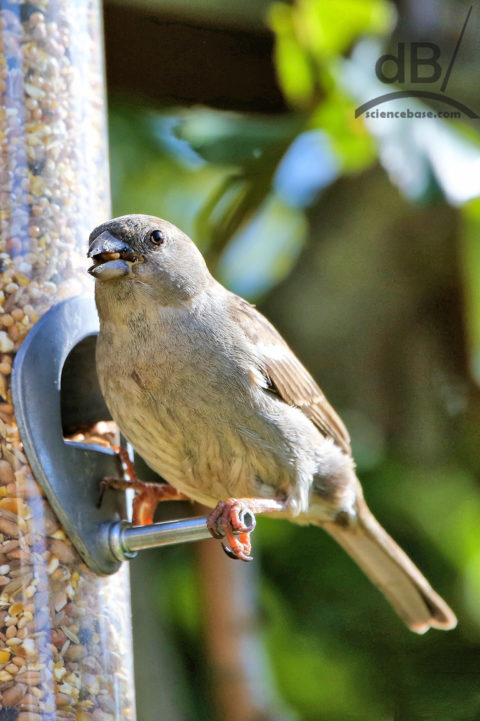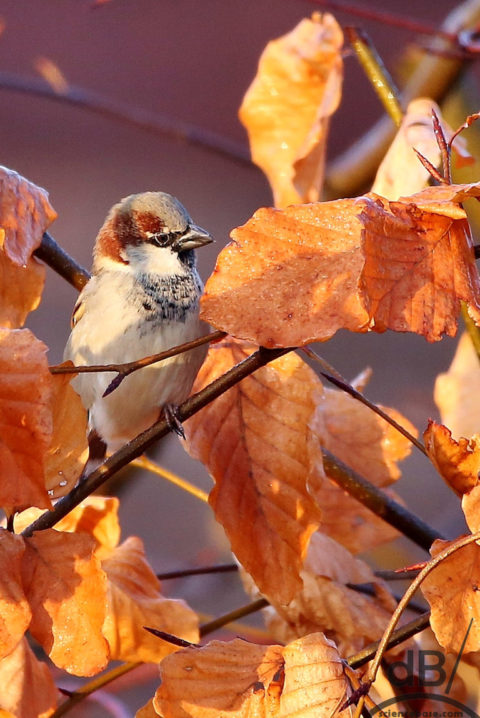The Great Spotted Woodpecker chick (Dendrocopos major) I have been photographing these last few days is getting very bold and almost bouncing out of his tree house when the adults visit with food.
I am surprised that there is only one chick, maybe nest size limits how many eggs the female lays. Either way, this little fellow with his red crown (does that make him a male?) is clacking away requesting regular invertebrate meals from the male (with the red nape to his neck) and female (black and white, but for her rump). Mrs Sciencebase reckons the clacking of the adults from neighbouring trees is probably encouragement for the chick to fledge (we’ve not heard much calling from them). The chicks head seems at least as big as his mother’s, so presumably he is almost read to leave the confines of his woody abode.
Here are a few more shots of male and female attending to the needs of the chick. That beak is sharp, makes sense for Dad to close his eyes while passing grubs beak to beak.
